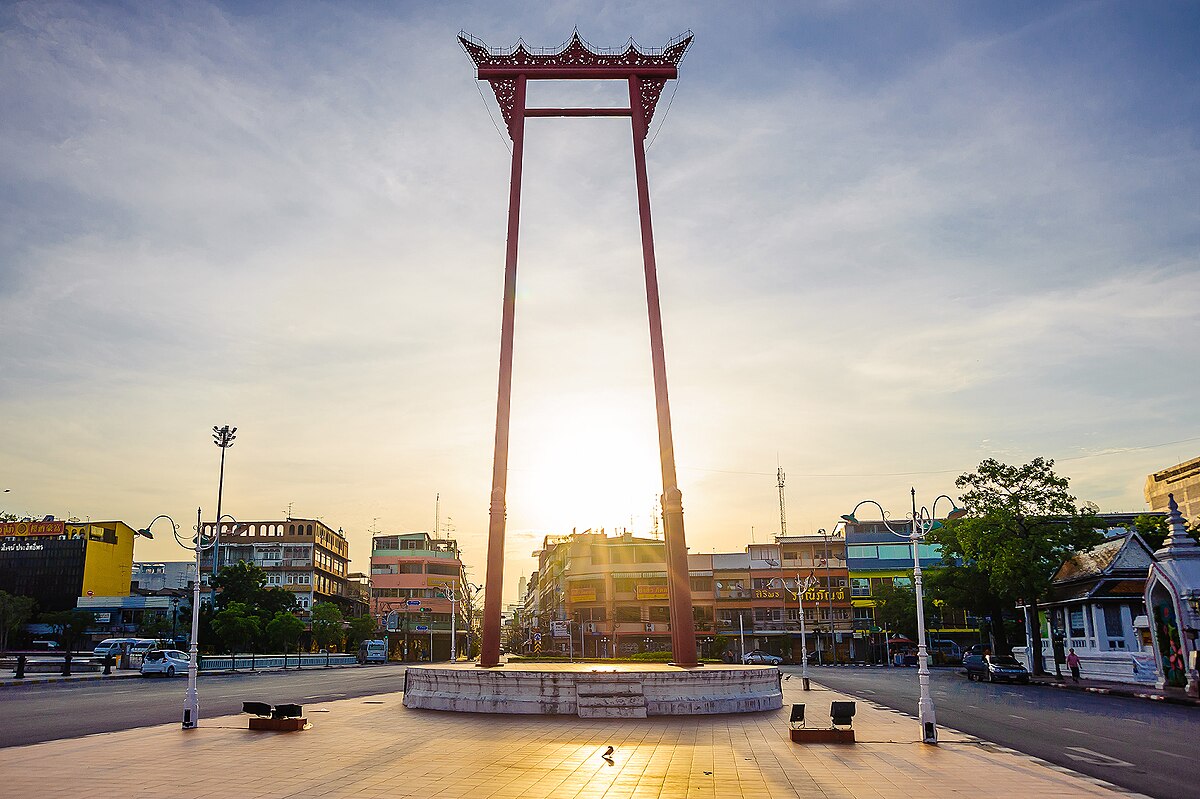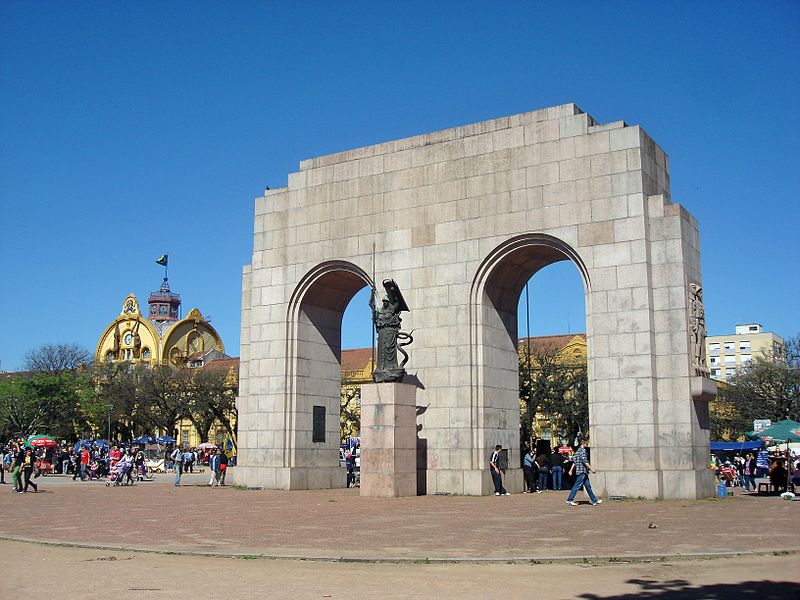A Towering Monument in the Heart of Bangkok
The History and Architecture of Sao Chingcha
Sao Chingcha, also known as the Giant Swing, stands as an iconic landmark in Bangkok, Thailand. This towering red structure, reaching a height of 21 meters, was originally constructed in 1784 during the reign of King Rama I. The swing’s distinctive design features two tall teak pillars supporting a curved crossbar, reminiscent of its former ceremonial use.
Religious Significance and Brahmin Rituals
The Swing Ceremony and Its Cultural Importance
In the past, Sao Chingcha played a crucial role in Brahmin ceremonies, particularly the annual swing ceremony known as Triyampawai. This ritual, performed to honor the Hindu god Shiva, involved participants swinging to great heights in an attempt to reach a bag of gold suspended from a bamboo pole. Although the dangerous ceremony was discontinued in 1935, the Giant Swing remains a symbol of Thailand’s rich cultural heritage.
A Testament to Thai Craftsmanship
The Restoration and Preservation of Sao Chingcha
Over the years, Sao Chingcha has undergone several restorations to maintain its structural integrity and cultural significance. The most recent renovation in 2007 showcased the exceptional skills of Thai artisans, who carefully replaced the swing’s teak pillars and crossbar. This meticulous restoration ensures that future generations can continue to admire this architectural marvel.
Sao Chingcha in Modern Bangkok
The Giant Swing’s Role in Tourism and Urban Planning
Today, Sao Chingcha serves as a popular tourist attraction and a focal point in Bangkok’s urban landscape. Located near Wat Suthat, another significant religious site, the Giant Swing offers visitors a glimpse into Thailand’s fascinating history and architectural prowess. Its presence in the bustling city center provides a striking contrast between ancient traditions and modern development.
Experiencing Sao Chingcha
Visitor Information and Nearby Attractions
While visitors can no longer participate in the swing ceremony, they can still appreciate the grandeur of Sao Chingcha up close. The area surrounding the Giant Swing is pedestrian-friendly, allowing tourists to take in the impressive structure from various angles. Nearby attractions, including Wat Suthat and the Bangkok City Pillar Shrine, make this area a must-visit destination for those interested in Thai culture and history.









